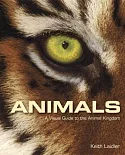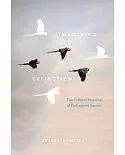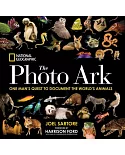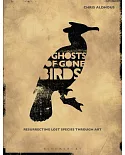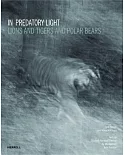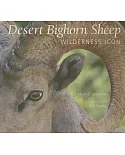As the extinction of species accelerates and more species become endangered, activists, filmmakers, writers, and artists have responded to bring this global crisis to the attention of the
public. Until now, there has been no study of the frameworks that shape these narratives and images, or of the symbolic meanings that the death of species carries in different cultural
communities. Ursula Heise makes the case that understanding how and why endangered species come to matter culturally is indispensable for any effective advocacy on their behalf. Heise begins
by showing that the tools of conservation science and law need to be viewed as cultural artifacts: biodiversity databases and laws for the protection of threatened species use rhetorical and
cultural resources that open up different approaches to the problem of understanding global wildlife. The second half of her book explores ways of envisioning alternative futures for
biodiversity. The narrative of nature’s decline or even imminent disappearance has been a successful rallying trope for those skeptical of modernization and ideologies of progress. But
environmentalists’ nostalgia for the past and pessimistic outlook on the future have also alienated parts of the public. Heise tells the story of environmental activists, writers, and
scientists who are creating new stories to guide the environmental imagination.



